Yesterday, we previewed the events which would be taking place on January 22nd, the day of San Vicente Mártir — Valencia’s patron saint. And today, we went out into the howling wind to attend the festivities.
First, a procession around the city cathedral got off to a very late start. It was a small, and sparsely attended event. Just a few hundred marchers — mostly religious leaders and older women, often dressed in mourning. The music was beautiful though.
The procession goes right by the Jail of San Vicente Mártir, and we took a peak inside. It’s a small room, as you might expect a jail to be, with just the column where the early Christian was bound and tortured, and a well that was discovered in 1777.
At 2pm, we went down to Plaza de España for the scheduled mascletà. Mascletita would have been a more appropriate name — it was extremely small, and over in about a minute. But since we were able to stand so close, the explosions were just as violently loud as normal, if not more so. For the first time at a mascletà, I had to cover my ears.
San Vicente Martír was born in Huesca in the 4th century, and studied religion in Zaragoza. In those days, Christianity was more like a cult, and the Roman emperors still in charge looked upon it disfavorably. So disfavorably, in fact, that they issued edicts to wipe out any Christians they could round up. As such, Vicente was arrested and forced to walk in chains from Zaragoza to Valencia. Along the way, he astounded both his captors and peasants by performing miracles related to water. This is why the discovery of the well in his jail cell was such a big deal — well-finding was precisely the type of miracle he worked.
Upon arrival in Valencia, Vicente was jailed, reviled at, and tortured. But he never renounced his faith. And legend has that he died with a beatific smile upon his face, as his torturers were dressing his wounds, in preparation for another round.
Phew, fun to be a Christian in the 4th Century!
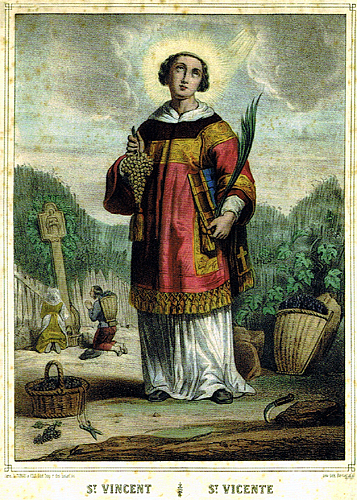
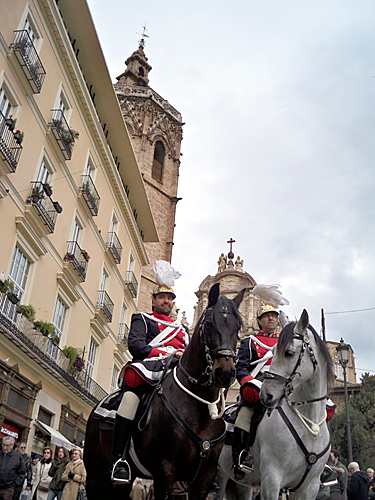
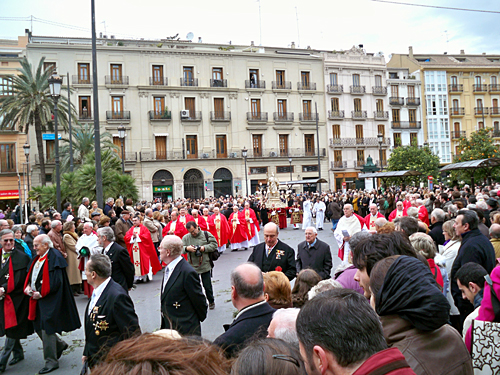
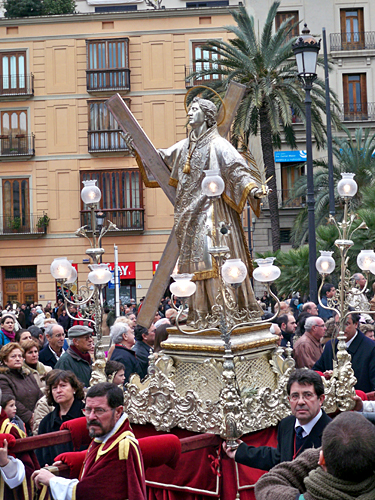

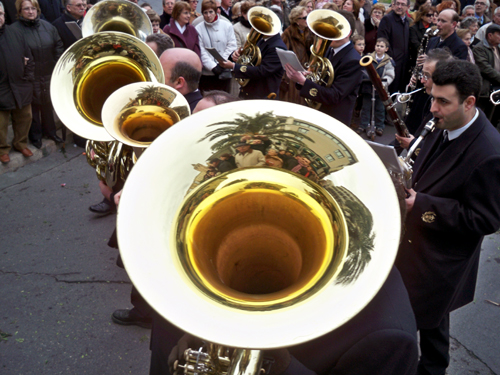
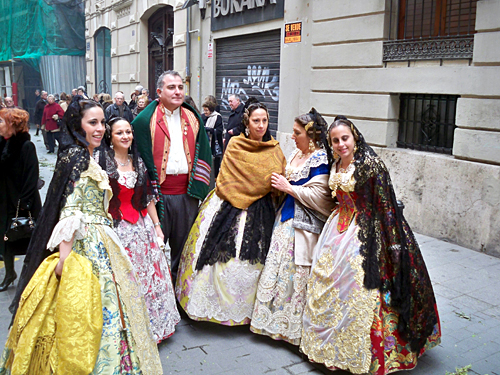
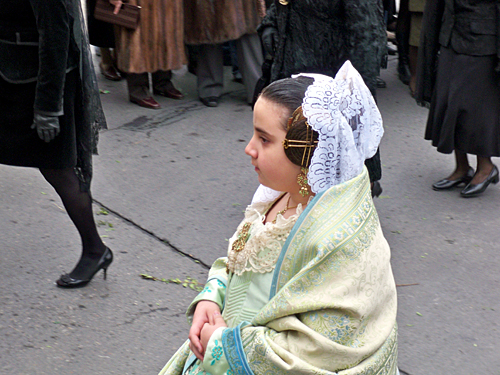

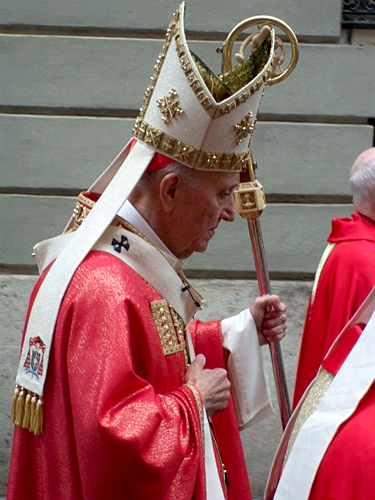
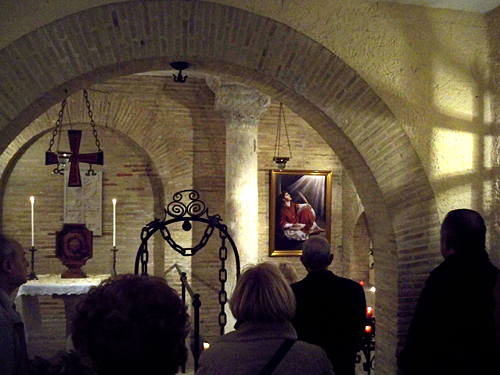

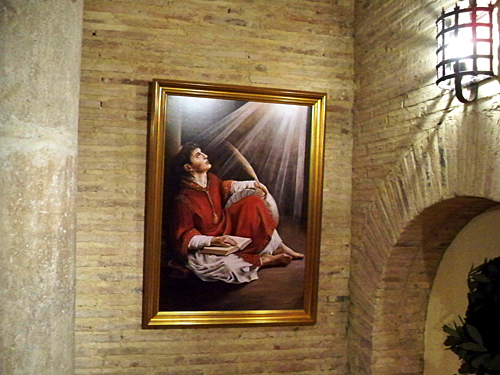
I love San Vicente (St. Vincent)! He’s my favorite saint, and (at least unofficially) been my personal patron saint for several years now.
I will likely never have any chance to set foot in Spain, much less make any kind of pilgrimage or take part in any festivities on the feast day of San Vicente, but I am glad to have read this. It helps me feel a part of it, in a small way. So, thank you!
Pingback: Why I love Ikea Reddit | Random Good Stuff
thanks for that info! I am in Valencia right now, was looking for more info on that holiday. So definitely going to Plaza de la Reina tomorrow to photograph all these people in their traditional clothes. Went to the fabric shop in Valencia recently- those fabrics cost up to 500 euros per meter! was wondering what they do with it- now I know.thanks again
Pingback: Jan 22nd – Holiday of San Vincente Ferrer | Hola Valencia Blog
Pingback: A Concise History of Oviedo | For 91 Days